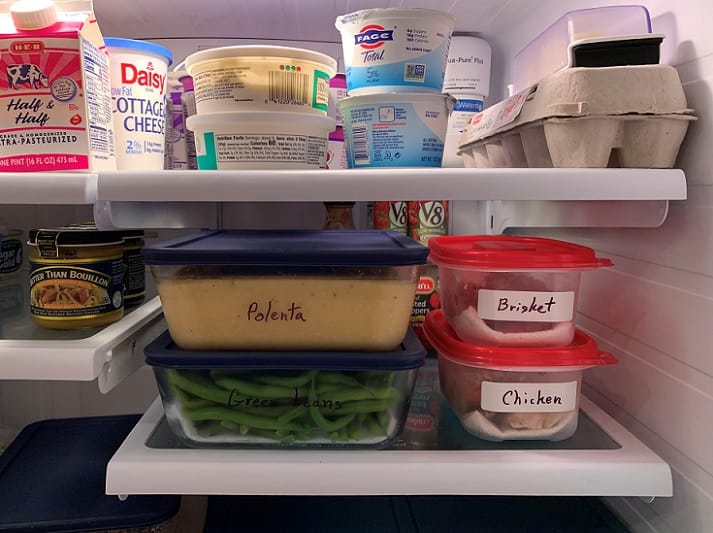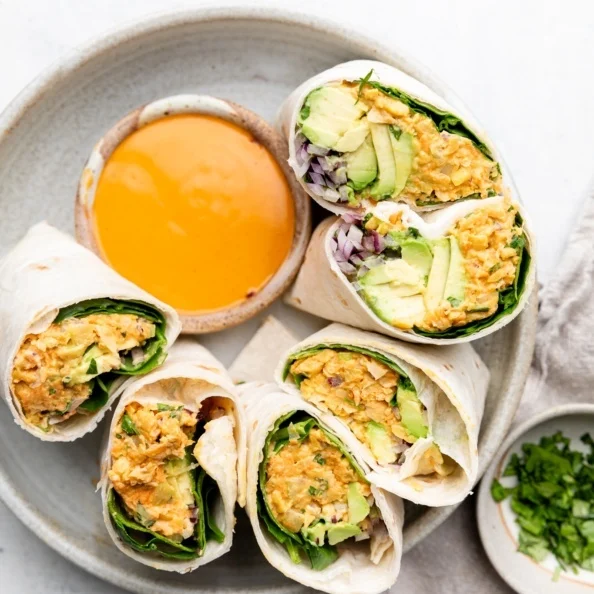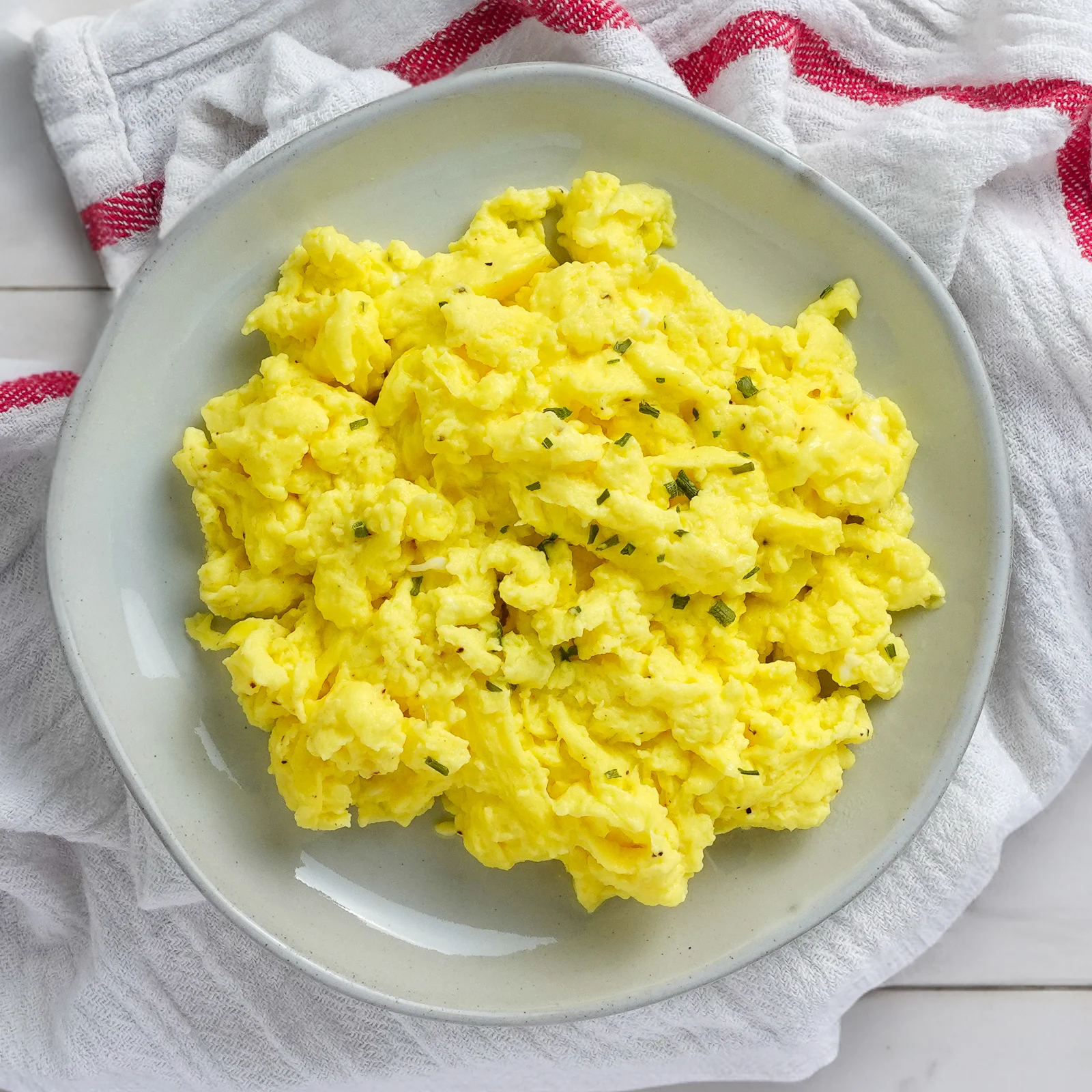Meal prepping is an effective solution for individuals seeking to maintain a healthy diet amidst busy schedules. By planning and preparing meals in advance, you can save time, reduce stress, and ensure you have nutritious options readily available. This article provides practical strategies for efficient meal preparation, including tips on selecting suitable recipes, optimizing grocery shopping, and balancing flavor with health. Whether you are new to meal prepping or looking to refine your approach, these insights will help you create a sustainable and enjoyable meal prep routine.
In this article you will find:
Mastering the Art of MealPrep for Busy Lifestyles
In today’s fast-paced world, meal prepping has emerged as a game-changing strategy for individuals seeking to maintain a healthy lifestyle while juggling a busy schedule. The art of meal prep not only simplifies daily nutrition but also empowers you to make healthier choices without the stress of last-minute cooking. Let’s delve into the essential steps and techniques for mastering meal prep, ensuring you can easily incorporate it into your routine.
Understanding the Basics of Meal Prep
Before diving into the specifics, it’s crucial to understand what meal prep entails. Essentially, meal prepping involves planning and preparing meals in advance to save time and effort throughout the week. Here are some foundational concepts:
- Planning: Start by mapping out your meals for the week. Consider your dietary preferences and nutritional needs to create a balanced menu.
- Shopping: Make a detailed grocery list based on your meal plan. This not only saves time but also helps prevent impulse purchases.
- Cooking: Dedicate a specific day to cook your meals in bulk. This could be a weekend or any day that fits your schedule.
- Storing: Invest in quality containers that are microwave and dishwasher safe to store your prepped meals efficiently.
Choosing the Right Meals for Prepping
Selecting meals that are suitable for prepping is key to success. Here are some tips to guide your choices:
- Focus on Versatility: Choose recipes that can be easily modified or paired with different sides. For example, grilled chicken can be served with quinoa, brown rice, or a salad.
- Opt for Batch-Cooking Friendly Recipes: Meals like soups, stews, and casseroles are excellent for batch cooking as they store well and often taste even better the next day.
- Include a Variety of Proteins: Incorporate different protein sources such as beans, lentils, chicken, and fish to keep your meals interesting and nutritionally balanced.
Essential Tools for Efficient Meal Prep
Having the right tools can significantly streamline your meal prepping process. Consider the following essentials:
- High-Quality Containers: Invest in glass or BPA-free plastic containers with tight-fitting lids to keep your meals fresh.
- Sharp Knives: A good set of knives will make chopping and preparing ingredients much quicker and more enjoyable.
- Cutting Boards: Having multiple cutting boards can help prevent cross-contamination and make meal prep more efficient.
- Meal Prep Apps: Utilize apps designed for meal planning and grocery shopping to keep your meals organized and easily accessible.
Creating a Meal Prep Schedule
To truly master meal prep, it’s essential to develop a consistent schedule that works for you. Here’s how to create one:
- Identify Your Cooking Day: Choose a day that allows you enough time to prep without feeling rushed. Many people find Sundays work well.
- Set Time Limits: Allocate specific time blocks for shopping, cooking, and cleaning to stay focused and efficient.
- Be Flexible: Life can be unpredictable, so be prepared to adjust your schedule and meal plan as needed.
By mastering the art of meal prep, you can transform your approach to healthy eating, save time, and reduce stress during busy weeks. For further insights into meal prepping and its benefits, check out this comprehensive guide on meal prep secrets.
Nutrient-Packed Recipes to Simplify Your Week
Eating healthy doesn’t have to be complicated or time-consuming. With nutrient-packed recipes, you can simplify your week while ensuring your meals are both delicious and satisfying. These recipes are designed for meal prepping, making it easy to stay on track with your nutrition goals. Here, we’ll explore a variety of recipes that are not only easy to prepare but also rich in essential nutrients.
Breakfast Options to Kickstart Your Day
Starting your day with a nutritious breakfast is crucial for maintaining energy levels and overall well-being. Here are two easy recipes that you can prepare in advance:
- Overnight Oats: Combine rolled oats, Greek yogurt, almond milk, and your favorite fruits in a jar. Let it sit in the refrigerator overnight. In the morning, you’ll have a creamy, nutrient-dense breakfast ready to go. For added flavor, mix in chia seeds and a drizzle of honey.
- Veggie Egg Muffins: Whisk together eggs, spinach, bell peppers, onions, and cheese. Pour the mixture into muffin tins and bake until set. These muffins are packed with protein and can be stored in the fridge for up to a week.
Lunch Ideas That Are Both Filling and Healthy
Finding a lunch that is both satisfying and healthy can be a challenge. Here are two recipes that are perfect for meal prep:
- Quinoa Salad: Cook quinoa and let it cool. Toss with cherry tomatoes, cucumber, parsley, and a lemon-olive oil dressing. This salad is rich in protein and fiber, keeping you full throughout the afternoon.
- Chickpea and Avocado Wrap: Mash chickpeas and avocado together, adding lime juice, salt, and pepper for flavor. Spread on whole-grain wraps with lettuce and sliced tomatoes. These wraps are not only easy to prepare but also loaded with healthy fats and protein.
 Dinner Recipes for a Balanced Evening Meal
Dinner Recipes for a Balanced Evening Meal
End your day with a wholesome dinner that is quick to prepare. Here are two dinner recipes that you can batch-cook:
- Sheet Pan Chicken and Veggies: Arrange chicken breasts, sweet potatoes, and broccoli on a sheet pan. Drizzle with olive oil, season with herbs, and roast until cooked through. This one-pan meal is high in protein and packed with vitamins.
- Lentil Stir-Fry: Sauté lentils with a mix of your favorite vegetables like bell peppers, carrots, and snap peas. Season with soy sauce and ginger for an Asian twist. Lentils are an excellent source of plant-based protein and fiber, making this dish both filling and nutritious.
Snacks to Keep You Energized
Healthy snacks can help bridge the gap between meals and keep your energy levels stable. Here are two easy snack recipes:
- Energy Bites: Blend oats, nut butter, honey, and dark chocolate chips. Roll into small balls and refrigerate. These bites are packed with energy-boosting nutrients and are perfect for on-the-go snacking.
- Greek Yogurt Parfait: Layer Greek yogurt with granola and mixed berries in a jar. This snack is rich in protein and antioxidants, making it a great choice for a mid-afternoon pick-me-up.
By incorporating these nutrient-packed recipes into your meal prep routine, you’ll simplify your week while nourishing your body with wholesome ingredients. For more meal prep inspiration, check out this resource on meal prep tips that can help you stay organized and efficient in the kitchen.
Time-Saving Tips for Efficient Meal Preparation
Meal preparation can often feel overwhelming, especially for those with busy schedules. However, with the right strategies, you can significantly reduce the time spent in the kitchen while still enjoying healthy, homemade meals. Here are some time-saving tips designed to enhance your meal prep efficiency and streamline your cooking process.
Plan Your Menu Strategically
A well-thought-out menu is the backbone of efficient meal preparation. Here’s how to plan effectively:
- Choose Recipes Wisely: Select recipes that share similar ingredients. This minimizes waste and reduces the time spent on shopping and prep. For instance, using spinach in salads, omelets, and smoothies can save you both time and money.
- Batch Cooking: Prepare larger quantities of a few versatile dishes that can be enjoyed in various ways throughout the week. For example, a big batch of roasted vegetables can be used in salads, wraps, or as a side dish.
- Use a Meal Planner: Utilize apps or printable planners to organize your meals for the week. This keeps you focused and helps you avoid last-minute decisions that can lead to unhealthy choices.
Optimize Your Grocery Shopping
Efficient grocery shopping can save you hours in the kitchen. Consider these tips:
- Make a Detailed Grocery List: List items based on the layout of your grocery store to minimize backtracking. Organizing your list by category (produce, dairy, etc.) can help you navigate the store quickly.
- Shop in Bulk: Purchase non-perishable items in bulk, such as grains, legumes, and canned goods. This not only saves time on shopping trips but can also be more economical.
- Consider Online Grocery Shopping: If available in your area, online grocery shopping can save significant time. You can select items quickly without the distractions of the store.
Streamline Your Cooking Process
Once you’re in the kitchen, efficiency is key. Here are some techniques to speed up your cooking:
- Prep Ingredients Ahead of Time: Wash, chop, and store vegetables and proteins in advance. Having everything ready to go will cut down on cooking time during the week.
- Use Kitchen Gadgets: Invest in time-saving appliances like slow cookers, pressure cookers, or food processors. These tools can drastically reduce cooking time and simplify meal prep.
- One-Pan and One-Pot Meals: Focus on recipes that require minimal dishes. One-pan meals are not only quick to prepare but also simplify cleanup.
Efficient Storage Solutions
Proper storage can extend the life of your meals and make reheating easier:
- Label Containers: Use clear labels on your meal prep containers with the date and contents. This helps you keep track of freshness and prevents food waste.
- Invest in Stackable Containers: Stackable, airtight containers maximize fridge space and keep your meals organized and easily accessible.
- Freeze Portions: For meals that won’t be eaten within a few days, consider freezing portions. This allows for quick reheating on busier days.
 By implementing these time-saving tips, you can transform your meal preparation process into a more efficient and enjoyable experience. For additional insights on meal prepping, check out this resource on meal prep secrets that will elevate your cooking game.
By implementing these time-saving tips, you can transform your meal preparation process into a more efficient and enjoyable experience. For additional insights on meal prepping, check out this resource on meal prep secrets that will elevate your cooking game.
Balancing Flavor and Health in Your MealPrep Strategy
When it comes to meal prepping, achieving the perfect balance between flavor and health is essential for long-term success. Many people shy away from healthy eating due to the misconception that nutritious meals lack taste. However, with the right strategies, you can create meals that are both delicious and beneficial for your health. Here are some effective ways to balance flavor and health in your meal prep strategy.
Incorporate Fresh Herbs and Spices
One of the simplest ways to enhance the flavor of your meals without adding extra calories is by using fresh herbs and spices. These ingredients can transform a bland dish into a culinary delight:
- Experiment with Herbs: Fresh herbs like basil, cilantro, and parsley can add vibrant flavors and nutritional benefits. For instance, basil is rich in antioxidants and has anti-inflammatory properties.
- Utilize Spices: Spices such as cumin, paprika, and turmeric not only enhance flavor but also offer health benefits. Turmeric, for example, is known for its anti-inflammatory effects.
- Infuse Oils: Use infused oils, such as garlic or chili oil, to add depth to your dishes. Just a small amount can elevate the overall taste without compromising health.
Focus on Whole Foods
Whole foods are the cornerstone of a healthy diet and can be incredibly flavorful. Here’s how to incorporate them into your meal prep:
- Choose Seasonal Produce: Seasonal fruits and vegetables are often more flavorful and nutrient-dense. Visit local farmers’ markets or grocery stores to find fresh produce at its peak.
- Whole Grains: Opt for whole grains like quinoa, brown rice, and farro. These grains not only provide essential nutrients but also add a nutty flavor and satisfying texture to your meals.
- Lean Proteins: Incorporate a variety of lean proteins such as chicken, fish, beans, and legumes. Marinating proteins in flavorful sauces can enhance taste without adding unhealthy ingredients.
Mind Your Cooking Techniques
The way you cook your meals can significantly impact their flavor and healthiness. Here are some cooking techniques that can help:
- Roasting: Roasting vegetables brings out their natural sweetness and enhances their flavor. Toss them with olive oil, herbs, and spices before roasting for a delicious side dish.
- Sautéing: Lightly sautéing vegetables in a small amount of healthy oil can preserve their nutrients while adding flavor. Consider using a non-stick skillet to reduce the amount of oil needed.
- Steaming: Steaming is a great way to retain the nutrients in your vegetables while keeping their natural flavors intact. Pair steamed veggies with a zesty dressing for added taste.
Portion Control and Balanced Plates
Balancing your meals is crucial for both flavor and health. Here’s how to create well-rounded plates:
- Use the Plate Method: Fill half your plate with vegetables, one quarter with lean protein, and the other quarter with whole grains. This visual guide helps ensure you’re getting a balanced meal.
- Mind Portion Sizes: Be mindful of portion sizes, especially for high-calorie ingredients like nuts and oils. Measuring portions can help maintain a healthy balance while still enjoying rich flavors.
- Include Healthy Fats: Don’t shy away from healthy fats such as avocado, olive oil, and nuts. These can enhance flavor and help keep you satisfied.
By focusing on these strategies, you can create a meal prep routine that not only nourishes your body but also satisfies your taste buds. For more tips on achieving a healthy and flavorful diet, visit this informative resource on meal prep secrets that will inspire your cooking journey. Meal prepping is an effective strategy for maintaining a healthy diet while managing a busy lifestyle. To succeed, start by planning your meals for the week, selecting versatile recipes that can be easily modified, and investing in quality storage containers. Streamline your grocery shopping by creating a detailed list and considering bulk purchases. Utilize cooking techniques like roasting, sautéing, and steaming to enhance flavor without sacrificing health.
To balance flavor and health, incorporate fresh herbs and spices, focus on whole foods, and practice portion control. Aim to fill half your plate with vegetables, a quarter with lean protein, and the remaining quarter with whole grains. By implementing these strategies, you can create delicious, nutritious meals that simplify your week and support your wellness goals. For more insights, explore meal prep resources to further enhance your cooking routine.


 Dinner Recipes for a Balanced Evening Meal
Dinner Recipes for a Balanced Evening Meal

